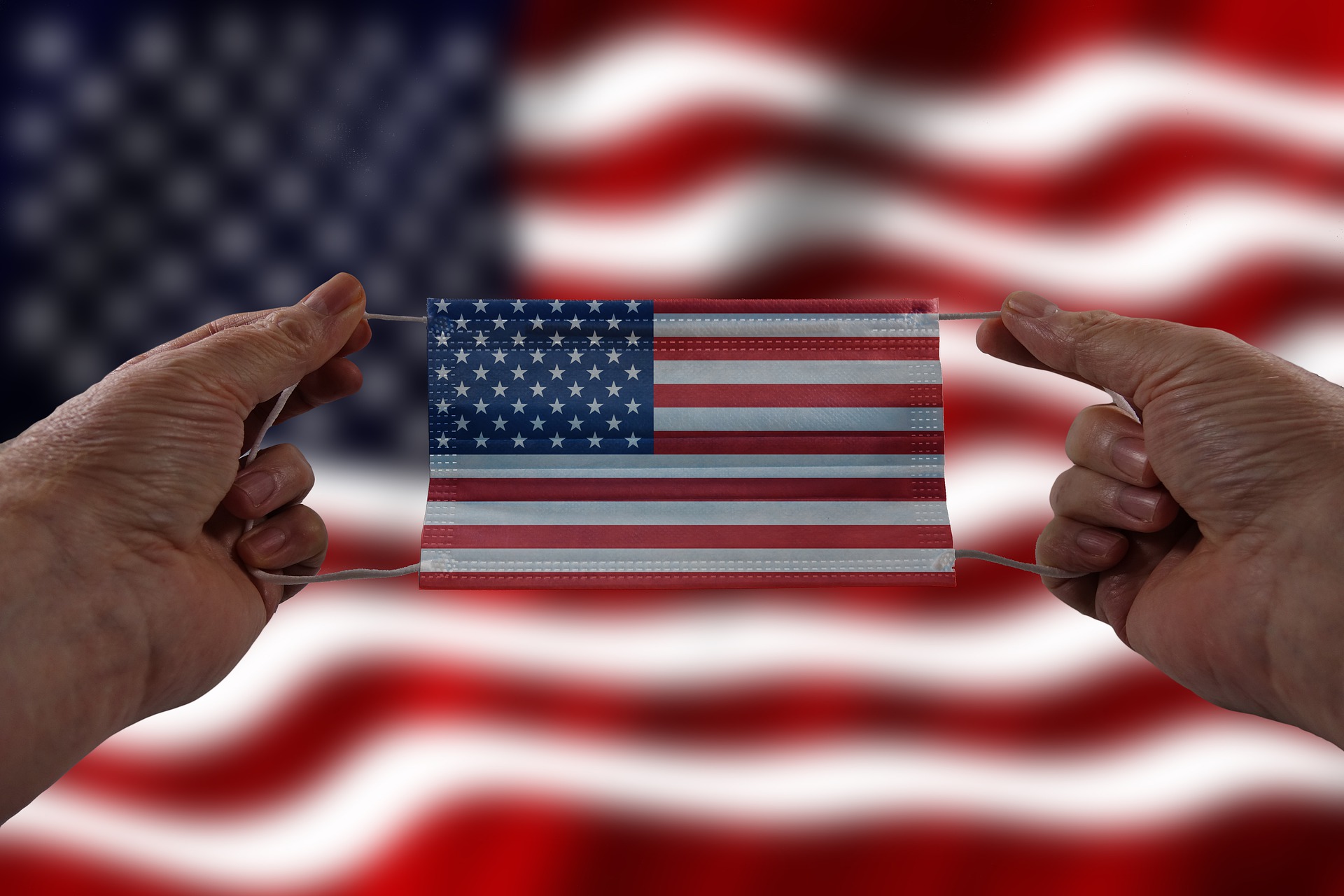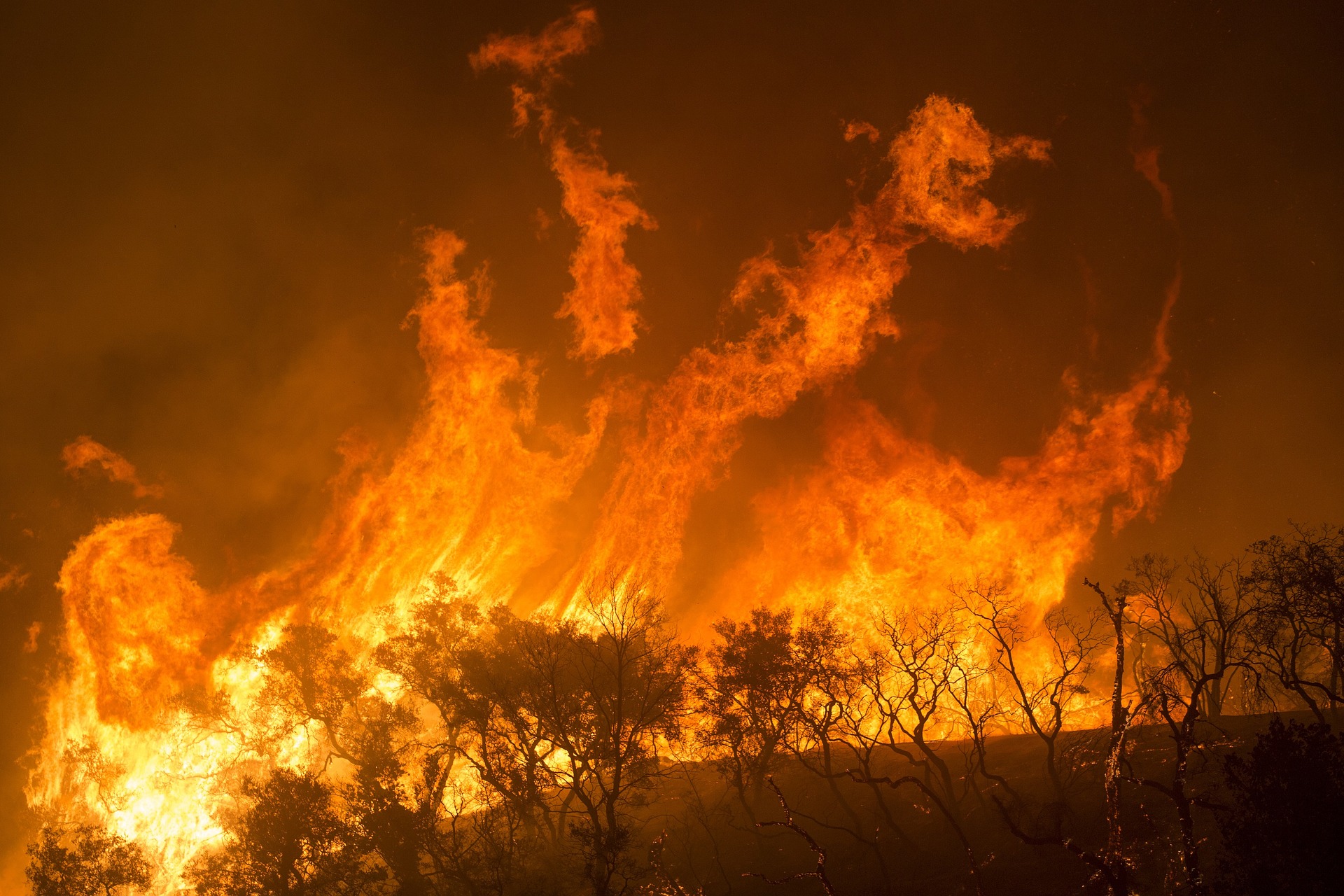Since surfacing in Québec, COVID-19 has had its share of drawbacks for workers and employers, and continues to impose numerous human resource management and administration challenges. Employer obligations and responsibilities regarding occupational health and safety have increased significantly. These include stricter hygiene and maintenance measures in the workplace, social distancing, and wearing masks, among others.
The upsurge in COVID-19 cases seen recently is an unfortunate reminder of its high rate of contagion and its virulence among at risk populations. The global scientific community has been working hard to develop effective vaccines, and for many, such vaccines are the long-awaited solution. In this context, several legal issues arise. For example, could an employer require employees to be vaccinated against COVID-19?
Read More
Tags:
Business & Legal,
Employee Rights,
Covid-19,
Employment Law,
Labour & Employment,
Vaccine,
Immunization,
Quebec
During the COIVD-19 pandemic, there have been many reports of angry arguments between people who don’t want to wear masks or practice social distance and retail staff members trying to enforce local requirements. Some of these confrontations escalate to violence. The US Centers for Disease Control and Prevention (CDC) provide formal guidelines to retail businesses, offering ways for protecting workers by “Limiting Workplace Violence Associated with COVID-19 Prevention Policies in Retail and Services Businesses.” The remainder of this note describes CDC’s latest guidance.
Read More
Tags:
Health & Safety,
OSHA,
Workplace violence,
Coronavirus,
CDC,
Covid-19,
CCOHS
During 2020, the Trump Administration has seized on the economic disruptions from the COVID-19 pandemic as the latest of its many rationales for easing environmental regulations. In May, the President issued an executive order (EO) directing agencies to “support the economic response to the COVID–19 outbreak” (EO 13924 “Regulatory Relief To Support Economic Recovery”; I discussed it HERE). That EO included directions to the Office of Management and Budget (OMB) to receive reports from individual federal agencies about their regulatory and enforcement responses, and authorized OMB to issue guidance. On August 31, 2020, OMB issued a “Memorandum for the Deputy Secretaries of Executive Departments and Agencies – Implementation of Section 6 of Executive Order 13924” (Memorandum M-20-31; called “the Memo” below) offering this guidance.
Read More
Tags:
Health & Safety,
Coronavirus,
Covid-19,
OMB,
Executive Order,
Memorandum M-20-31,
Economy,
Administration Guidelines,
EO 13924
On August 20, 2020, the federal government announced its transition from the Canada Emergency Response Benefit (CERB) to a simplified Employment Insurance (EI) program to provide income support to those unable to work due to COVID-19.
In addition to simplifying access to EI, the government will introduce three new temporary recovery benefits: the Canada Recovery Sickness Benefit, the Canada Recovery Caregiving Benefit and the Canada Recovery Benefit.
Subject to parliamentary approval, these programs will be effective starting September 27 and available for one year.
Read More
Tags:
Business & Legal,
Employee Rights,
Covid-19,
Employment Law,
Labour & Employment,
Canada Recovery Sickness Benefit,
Canada Emergency Response Benefit,
Employment Insurance,
Canada Recovery Caregiving Benefit
Summer is wildfire season in many areas, although its importance to your workplace obviously varies. We worry more here in California than folks in New England -- as I started this note my home region around San Francisco Bay had the worst air quality on the planet during a siege of wildfires from lightning strikes. If your workplace is a downtown high rise, wildfire risks are less than if it's in a suburban office park – and if you’re telecommuting during the COVID pandemic, it may depend less on your employer’s location than where you’ve set yourself up.
Read More
Tags:
OSHA,
Covid-19,
workplace safety,
Wildfire,
Cal-Fire,
California,
Summer
In recent months, worker protection and public health agencies have issued increasingly stringent and detailed guidelines for employers to follow to reduce worker exposures to COVID-19. I’ve written about a number of these, including HERE and HERE. Over the same months, many workplaces have also been affected by state and local government mandates designed to protect public health in places the public (at least previously) frequent – these include temporary closures of many types of organizations, and restrictions such as masks at others.
Read More
Tags:
Health & Safety,
Coronavirus,
CDC,
Safety and Health at Work,
Covid-19,
VOSH,
DOLI,
PPE,
Virginia
On June 18, 2020, the U.S. Occupational Safety and Health Administration (OSHA) issued new guidance to assist businesses deemed “non-essential” during the COVID-19 pandemic as they reopen their workplaces. OSHA’s new “Guidance on Returning to Work” sets forth a number of basic principles that OSHA recommends guide employer actions, including specific examples. The document also reminds readers that responsibilities always apply under OSHA’s Employer’s General Duty Clause, references a number of existing OSHA standards that apply to re-opening activities and reopened workplaces, and identifies other sources of guidance and requirements.
Read More
Tags:
Health & Safety,
OSHA,
EEOC,
Coronavirus,
CDC,
Covid-19,
Back-to-Work
President Trump has issued the latest in a series of executive orders (EOs) to reduce and repeal formal federal regulations. This month’s EO directs federal agencies to do so in order to “support the economic response to the COVID–19 outbreak” (EO 13924 “Regulatory Relief To Support Economic Recovery”).
Read More
Tags:
Health & Safety,
Coronavirus,
Covid-19,
eo,
OMB
Effective May 26, 2020, the Occupational Safety and Health Administration (OSHA) revised its (interim) enforcement guidance for its inspectors and personnel use when investigating whether an employer properly classified a workplace illness involving COVID-19. This guidance expands and replaces the version OSHA issued on April 10 -- it does not affect the agency’s broader enforcement guidance for cases considering whether an employer unreasonably exposed employees to COVID-19 (which I wrote about here), although it’s easy to imagine scenarios where inspectors could be called upon to investigate both types of potential violations. OSHA states this guidance will remain effective until the present public health crisis ends, unless revised again.
Read More
Tags:
Health & Safety,
OSHA,
Coronavirus,
Safety and Health at Work,
Workplace hygiene,
Covid-19
As Canadian employers begin to engage in the “re-opening” of the local economy, they face numerous legal and logistical challenges. Health and safety, privacy and human rights issues abound, and further uncharted waters lie ahead.
BLG’s Labour and Employment team provides a non-exhaustive list below of issues and challenges employers need to keep in mind.
Compliance with employee health and safety and public health requirements
Until effective vaccines and/or therapies for COVID-19 become available, employers will need to continue taking all reasonable steps to ensure that their workplaces are compliant with public health guidelines and requirements as well as their obligations to protect the health and safety of employees. Employers will need to remain current and proactively assess their workplaces, and make modifications in planning for the return of their employees. This will affect physical workspaces and require that employees are properly informed, equipped and monitored to ensure compliance.
Read More
Tags:
Business & Legal,
Covid-19,
Employment,
Employment Law,
Labour & Employment










